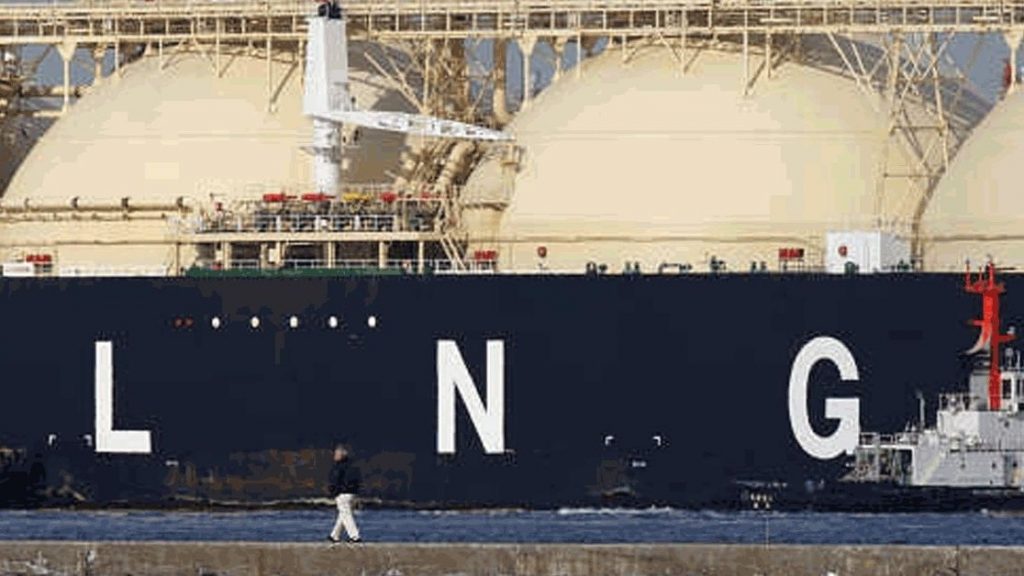Significant progress is being made to eradicate methane slip as uptake of the LNG pathway accelerates, says SEA LNG, a multi-sector industry coalition established to demonstrate LNG’S benefits as a viable marine fuel. According to them with continued collaborative efforts across the value chain, methane slip will be eliminated for all engine technologies within the decade.
Today, 2-stroke diesel cycle engines account for approximately 75% of the LNG-fuelled vessel order book. These engines have effectively eliminated slip already. For low-pressure engine technologies where methane slip remains a challenge, manufacturers have already cut the levels of slip from low-pressure 4-stroke engines by more than 85% over the past 25 years. It is worth noting that methane slip has been eradicated for the similar LNG dual-fuel engine technologies used in the heavy-duty vehicle sector. The science is clear, the technologies exist, and ongoing engineering will soon solve the problem.
There is a growing momentum for LNG as a marine fuel. Clarksons’ data shows that 109 LNG dual fuel vessels have been ordered in 2024 up to June. There are now more than 550 LNG-fuelled vessels in operation, a number expected to double by 2027.
Methane slip progress examples:
As part of the EU-funded GREEN RAY project, Wärtsilä has piloted technologies on the AURORA BOTNIA RoPax ferry resulting in further methane slip reductions of up to 56% in one of its most popular, and already emission-efficient, dual fuel low pressure four-stroke engines.
SEA-LNG’s latest member ROTOBOOST, a global hydrogen technology company, has developed a unique pre-combustion carbon removal system based on Thermo-Catalytic Decomposition (TCD). The technology can be equipped onboard LNG-fuelled vessels, cracking the methane molecule into hydrogen and solid carbon. The hydrogen is being mixed into the methane fuel feed flow to the engines, directly contributing to lower methane and carbon dioxide emissions, while the valuable solid carbon is captured on board and off-loaded at the next port call to find its way in a large variety of industrial products.
MAMII has begun a process of piloting exhaust stack methane abatement technologies, including from Green Instruments and Everimpact. It has also called for and is working with regulators on a methane measurement, certification and validation protocol.
In September 2023, Maran Gas highlighted the installation of methane measuring technology and Daphne Technology’s after treatment abatement system, SlipPure, integrated on a dual fuel LNG carrier. SEA-LNG member Shell was also involved in the project.
In November 2023, MAN Energy Solutions announced that it is launching the IMOKAT II project to develop an after-treatment technology to reduce methane slip from its four-stroke engines.
According to the 2nd Lifecycle GHG Emission Study on the use of LNG as a Marine Fuel commissioned by SEA-LNG and SGMF and conducted independently by Sphera, LNG can cut GHG emissions by up to 23% including methane emissions across its entire lifecycle, Well-to-Wake, when compared to fuel oil.
Tags: LNG, Methane-Slip, SEA-LNG



Recent Posts
DNV Grants Approval in Principle for New Ammonia Bunkering Vessel Design
Proteus Launches Modular Hydrogen Fuel Cell System for Maritime Sector
Van Oord Unveils Boreas, World’s Largest and Most Sustainable Offshore Wind Installation Vessel
New methanol-fuelled vessel ‘Berlin Maersk’ to enter service
NMPA wins greentech global environment award
CMA CGM in negotiations with Indian shipyards for LNG-powered shipbuilding
L&T to Develop Green Hydrogen and Ammonia Projects in Kandla
Pan Ocean Orders Two Eco-Ready VLCCs from HD Hyundai Heavy Industries